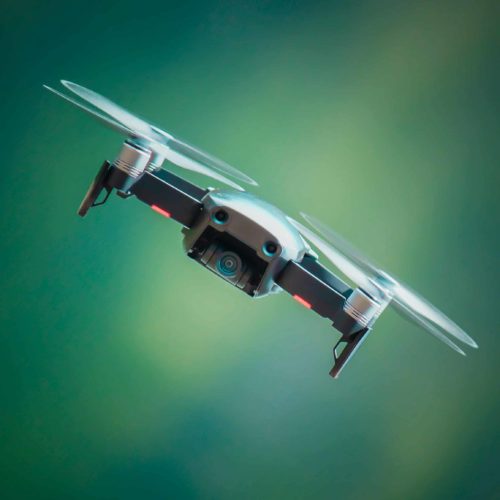Contents
- 1 How to Fly a Drone For Beginners (Drone Flying Tips Checklist)
- 1.1 1) Fly legally
- 1.2 2) Be patient
- 1.3 3) Trees, light posts and power lines
- 1.4 4) Stay in range and be aware of controller interference
- 1.5 5) Start small
- 1.6 6) Update software before leaving your house
- 1.7 7) Drones Batteries die, quickly
- 1.8 8) Learn to Fly Toward Yourself
- 1.9 9) The Best Beginner Drones
- 1.10 Tips for Practicing Drone Flying
- 1.11 HERE ARE SOME QUADCOPTER SAFETY PRECAUTIONS TO KEEP IN MIND AS WELL:
- 2 TOP 15 TIPS FOR FLYING A DRONE
How to Fly a Drone For Beginners (Drone Flying Tips Checklist)
Here are some drone flying tips for beginners to help you fly a drone like a pro.
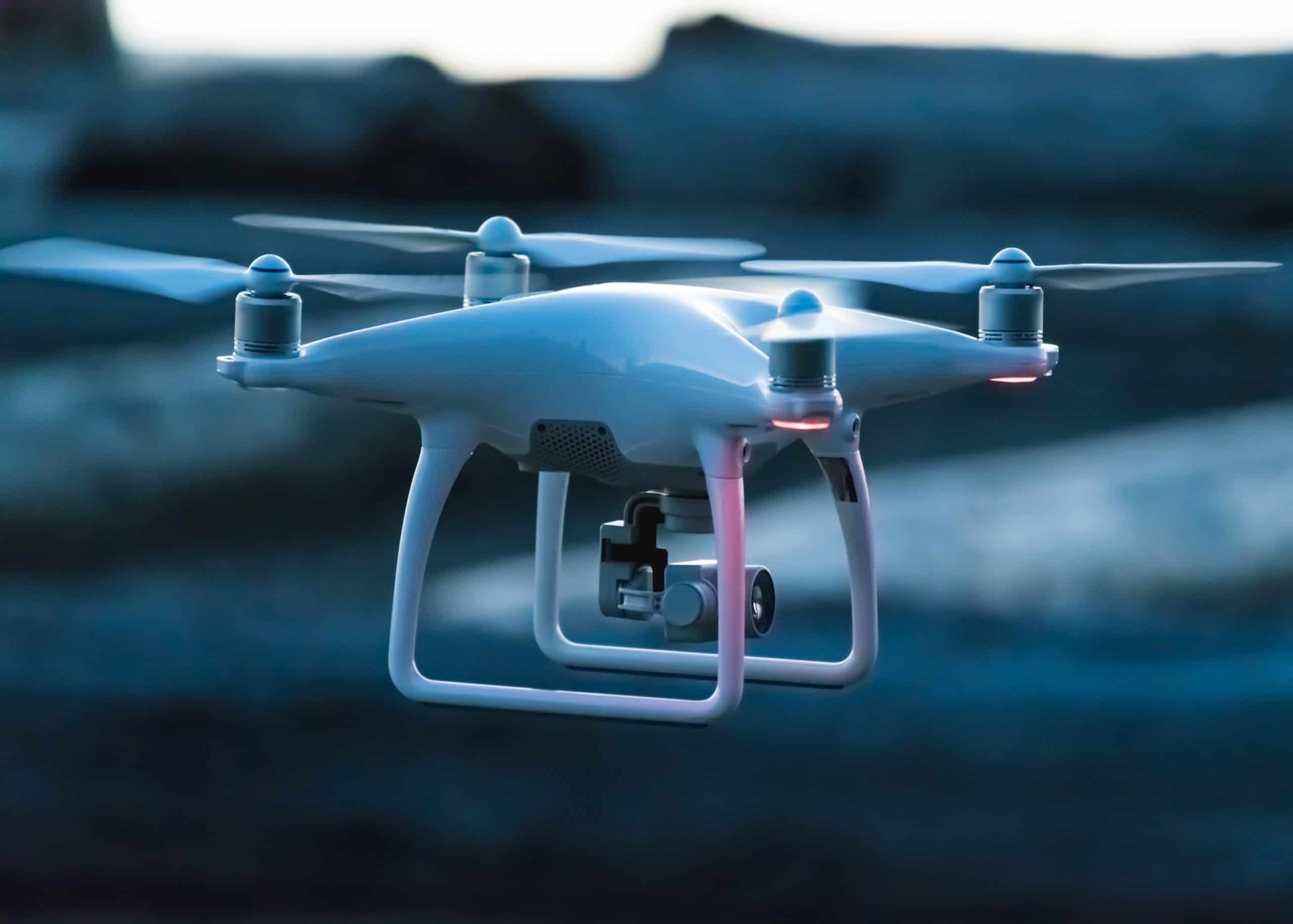
Drones are incredibly useful filmmaking tools. They can help you create dynamic establishing shots, they can mimic traditional filmmaking tools like jibs, sliders, and Steadicams. And drones really add a lot of production value without you investing a ton of money.
Plus, since drone technology continues to get better and more affordable, drones are becoming ubiquitous on film production sets of all sizes and budgets. From small independent productions to Hollywood blockbuster films, drones are quickly becoming a staple production tool.
1) Fly legally
You need to register your drone with the FAA before you fly !
Most drones do not come with a set of instructions on what you are and are not allowed to do with them. This is not a problem in most places around the globe, but in the United States, every craft that weighs 0.55 pounds or more must be registered and follow strict aeronautical guidelines. We have explored these before, and will do so time and again, but the short version is as follows:
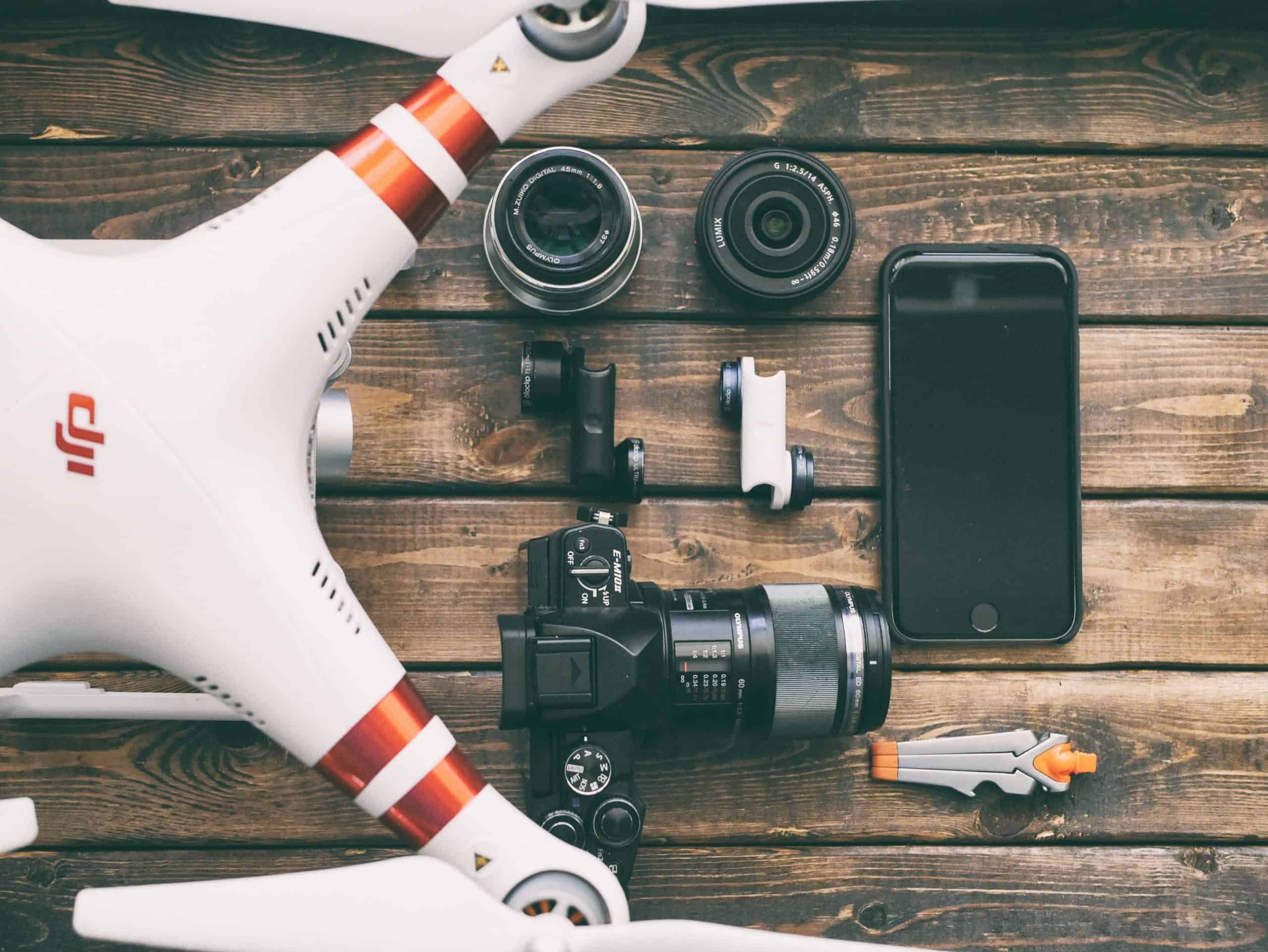
Basic drone flight guidelines in the United States
- Fly at or below 400 feet above the ground
- Always fly within line-of-sight, if you can’t see it, bring it in
- Stay away from airports
- Stay away from airplanes – they have the right of way in the air
- Do not fly over people
- Do not fly over or close to sports events or stadiums
- Do not fly near emergency situations such as car crashes or building fires
- Do not fly under the influence
- Be aware of controlled airspace – use the B4UFly app
- Your drone will need a Remote ID broadcast transmitter
Coming soon: You will need to pass an FAA knowledge test before you can fly your drone.
The short version of the controlled airspace situation is that you cannot fly within 5 miles of an airport, at least not without first receiving authorization from local air traffic controller for where and when you will be flying. You need to use the LAANC tool , found within apps like Airmap or KittyHawk. The FAA has a list of no-fly-zone areas that should help you keep safe and legal.
If you are flying for pay, or any other form of compensation, you must operate under a different set of rules and possess a commercial drone license. We call it the Part 107, it’s not too hard to get, but it will take some time to learn all the rules. We want to help you learn the rules and get your commercial license, check out our drone pilot training material
2) Be patient
I understand the urge, I really do, you have a great new flying camera or toy drone and you want to put in the air as soon as possible. Please, do not throw caution to the wind, if conditions are not right, do not attempt to fly.
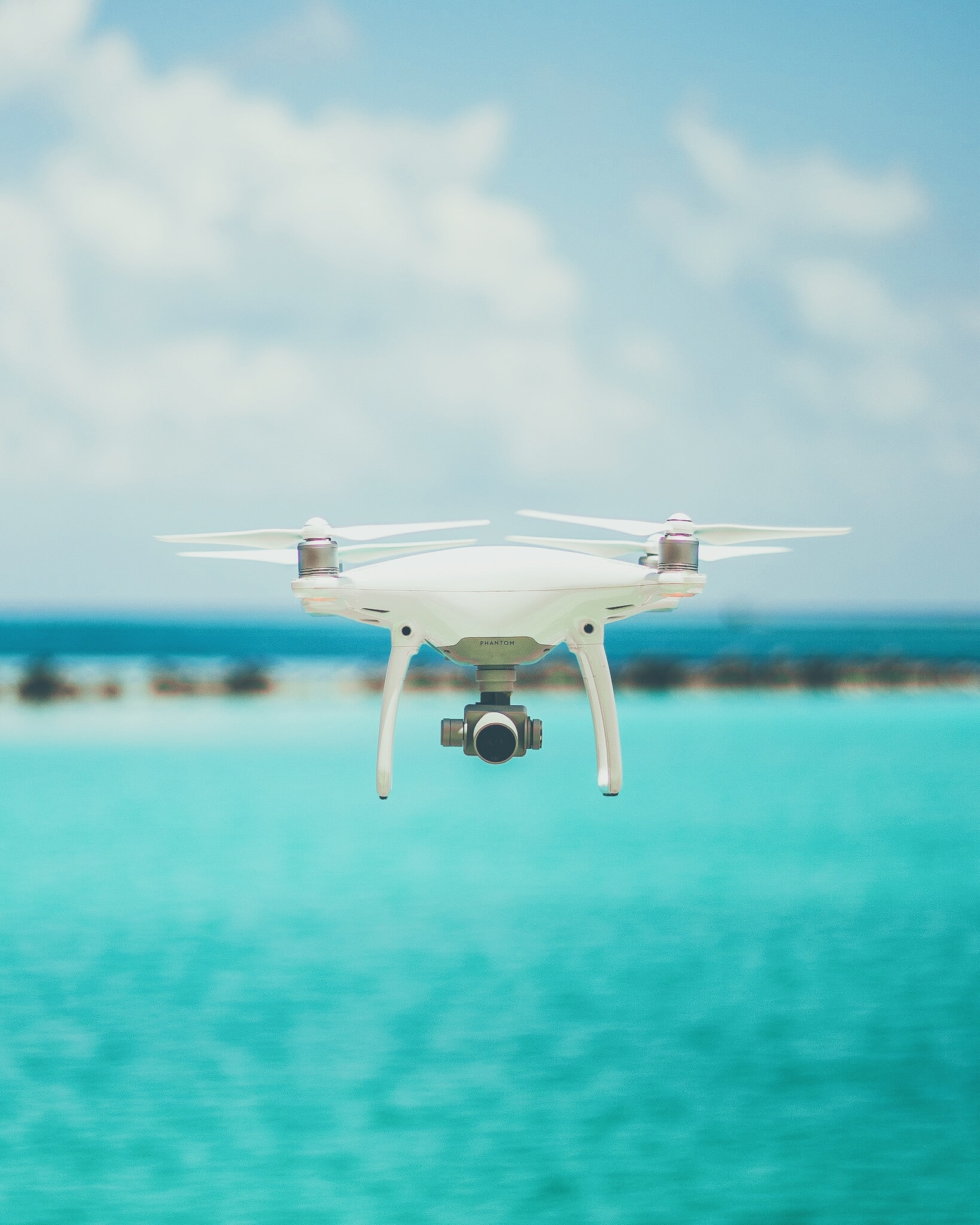
I learned this the hard way myself. I had a simple $30 drone that I just wanted to see how it handled, it was a windy evening, but I took the risk. No word of a lie, less than 45 seconds in the air, the wind was beyond the toy quadcopter’s capabilities and I had to go climb a tree to recover the thing. The very next morning conditions were perfect and I got to fly safely.
The tricky thing about wind, that you probably already know, but may forget in the heat of the moment, the higher up you fly, the stronger it is. Ground conditions may be acceptable, but that may not be true higher up, so take note before you fly.
3) Trees, light posts and power lines
I don’t have to tell you to stay clear of things like trees and power lines when you take to the sky, but these obstacles can quickly creep up on you during your flight. Wind is the leading cause of a drone veering off into the trees, but there are other factors that you should be aware of. For me, the second most problematic item is the convenient return-to-home (RTH) feature on many new drones.
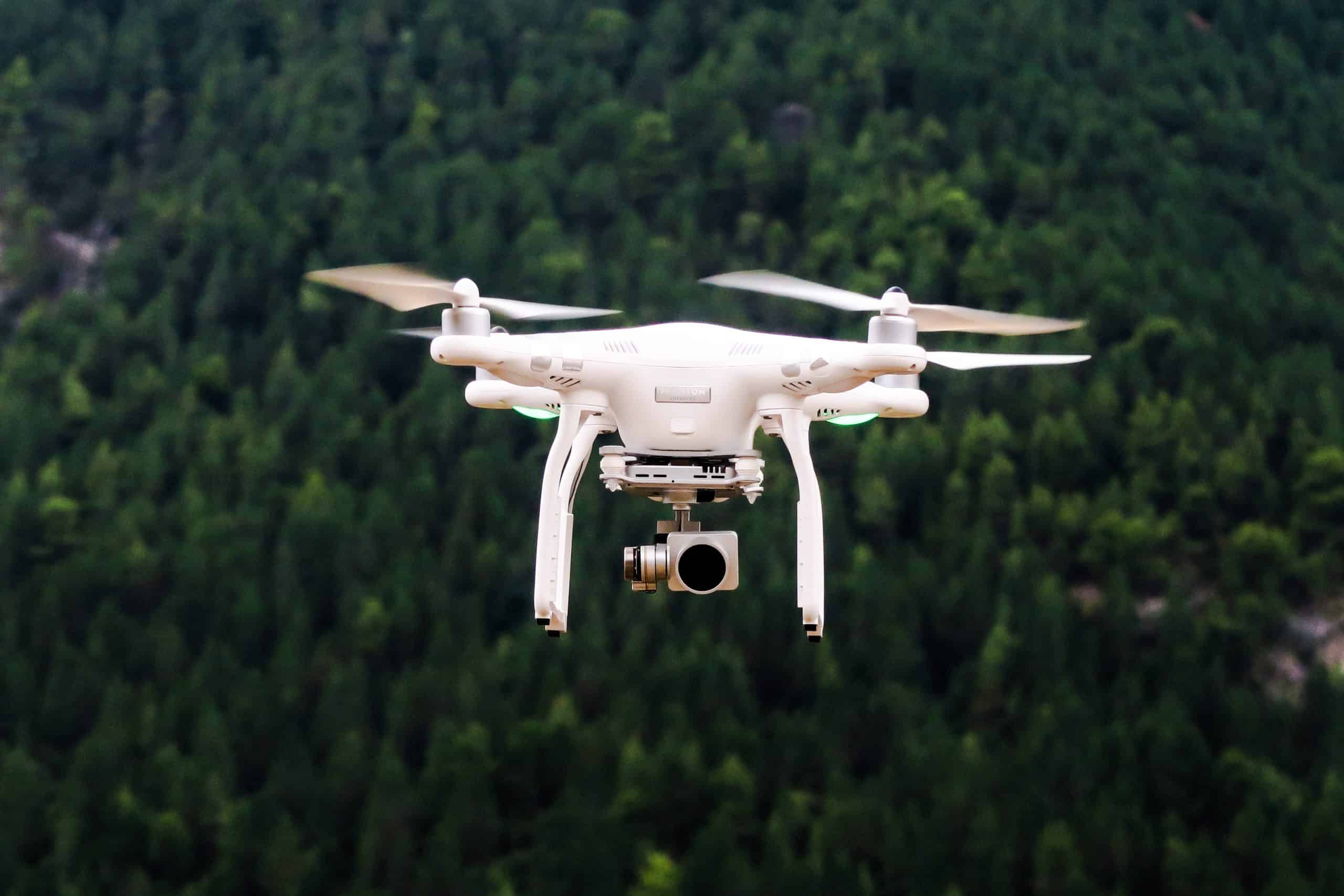
First of all, you may be flying a drone at very low altitudes, with a high tree canopy above; sounds like no problem until the RTH feature initiates and you learn the hard way that it has a rather high automatic flight altitude. Most RTH modes take your drone to 60 feet (~20 meters) or more.
I had an experience once where I was manually landing a drone, I had it no more than 18-inches from the ground and was actually just hitting the joystick to take it down when the low-battery RTH mode kicked in. The drone shot 60 feet into the air, maneuvered less than 3 feet over and came back down to auto land. This drone did not allow me to override the RTH, I was at the absolute mercy of the auto-pilot – luckily I was taught to avoid taking off anywhere that has an obstacle above, but still, the neighboring trees were a lot closer than I wanted them. I never wanted that drone to go above 6 feet for that flight.
RTH produces another risk – this one should be more straight forward: most drones recognize that they are at point A, and home is at point B, if there is no obstacle avoidance sensors on the craft, you best ensure there are no obstacles between your drone and where it calls home.
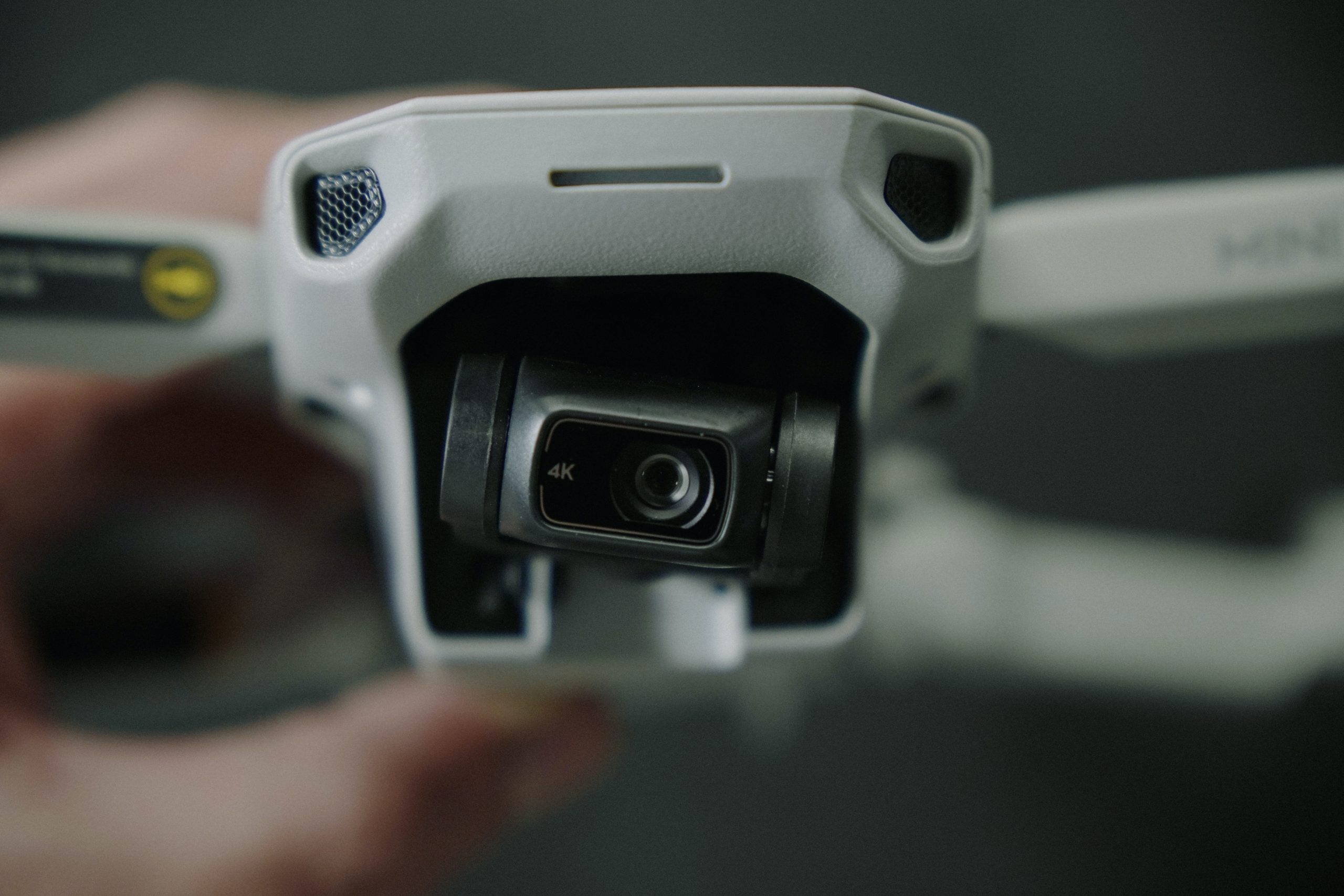
Finally, consider your control range and potential interference. That toy class drone I mentioned earlier, the one I flew in the wind, into a tree, it has a rather small operating range, about 60 feet. It is easy to fly to the edge of its connectivity, and when it gets there, the drone doesn’t just stop, despite loss of connection to the controller, the drone just keeps going for a few of the longest seconds of your life, then cuts power and drops out of the sky. If the edge of your range is semi-close to a tree line or other obstacle, please be careful.
4) Stay in range and be aware of controller interference
I think I just explained this one – simple enough, most drones will advertise their effective operating range. When I say range, I am not talking about how much ground it can cover before the battery runs out, I mean the straight line distance between the controller and the craft. Stay within the listed range and be prepared to run toward your craft if you slip up.
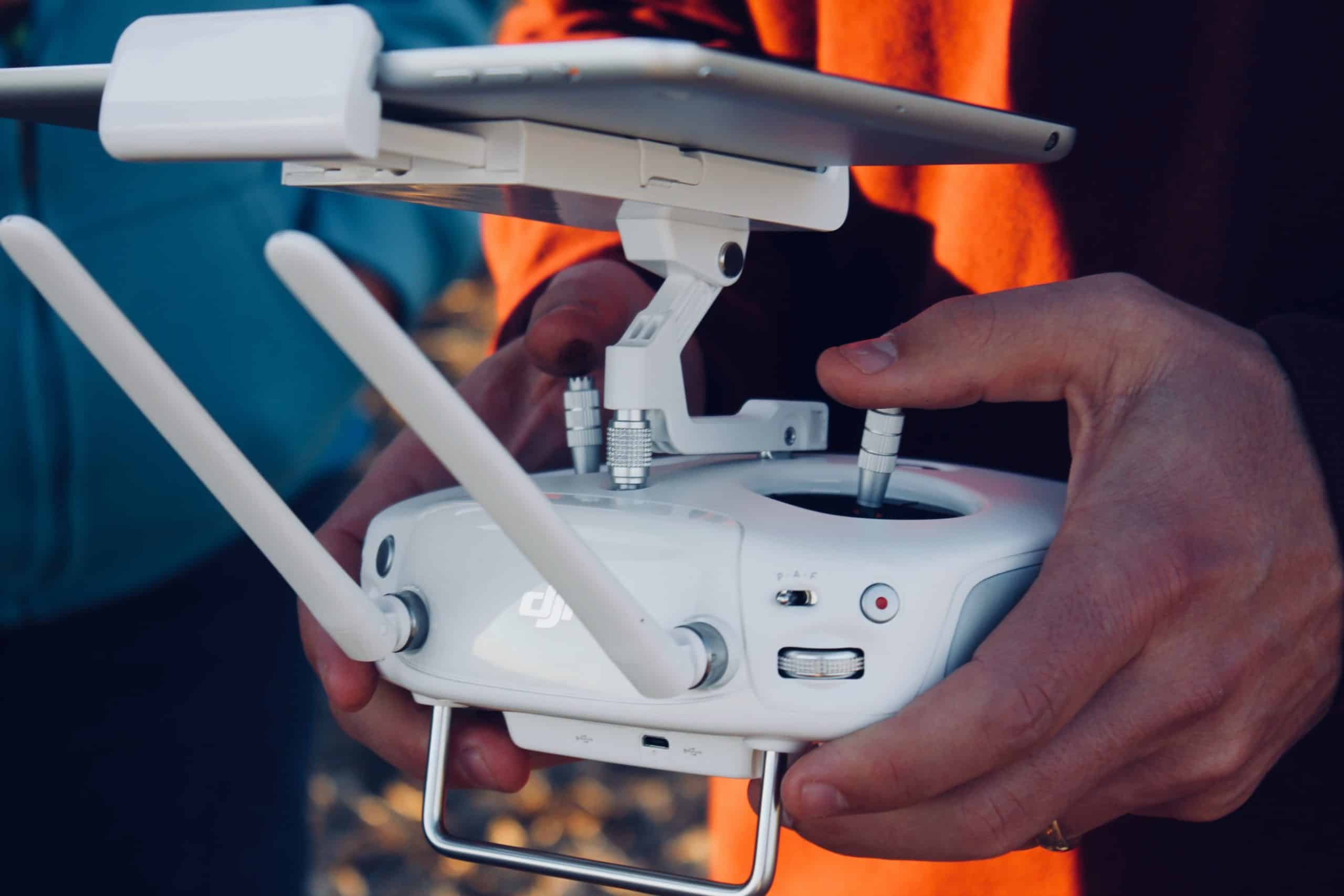
As per the FCC, all radio frequency electronics in the United States must accept interference. While the FAA would like for anything in the sky to not experience interference, it happens. It actually happens a lot, get used to it and prepare for it. This is particularly true of video feeds if your drone is equipped with a FPV camera and live-streams video to your phone or the controller.
Obviously you should try to avoid flying places that have a high natural magnetic interference, it messes with the GPS. You will find that flying close to large structures, power lines or radio towers can be really bad. In these instances, your drone may fail to fly stable and you may actually lose control of the craft for spells of time – I hope I don’t have to tell you that that is a bad thing.
There are things you can do to mitigate these problems, but the simple solution is to consider these places unsuitable for flight.
5) Start small
Reiterating what I just talked about, practice makes perfect, or at least can help make sure you are familiar with your flying machine when anything funny happens. In addition to simple practice, have you considered starting on a small device?
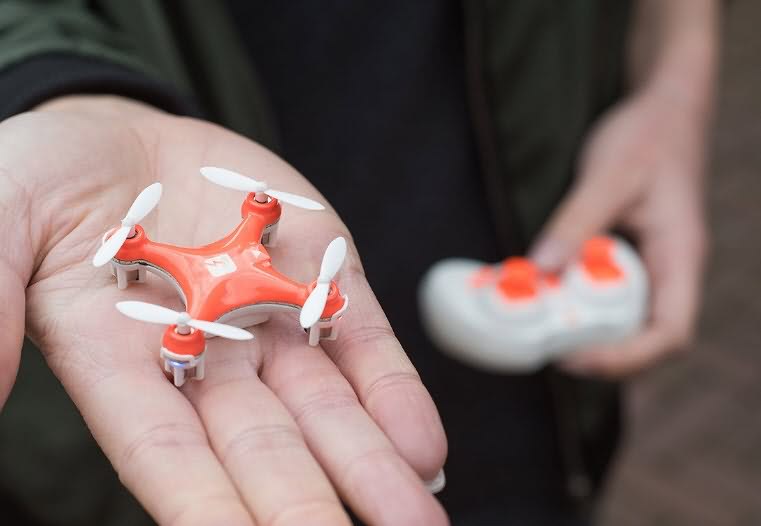
We highly recommend that your first drone be a toy-class unit that is, for all intents, disposable. We have a list of cheap drones you can start looking at , just inexpensive fliers that you can get the hang of things on.
To this end, we also recommend starting on something with less power. I know, you learned how to drive a car by sitting into a race car or fancy Ferrari or something, but we recommend starting small and working your way up when it comes to drones. There are powerful and fast machines out there, why not have a solid idea how to work them before hitting a wall? For example you can try from best nano quadcopters or may be from Syma x5sw review – best cheap drone 2021
6) Update software before leaving your house
Sounds like a straight forward idea, but if you are like me, you often forget to check for updates before you leave the house. Needless to say, burning up a battery, mobile data and time while in the field is a huge annoyance. You can easily avoid this grief with a quick plug into your PC and/or check for updates for the mobile app. We’ve covered how to update the DJI Mavic Pro and Spark, your other machines should be, conceptually, similar.
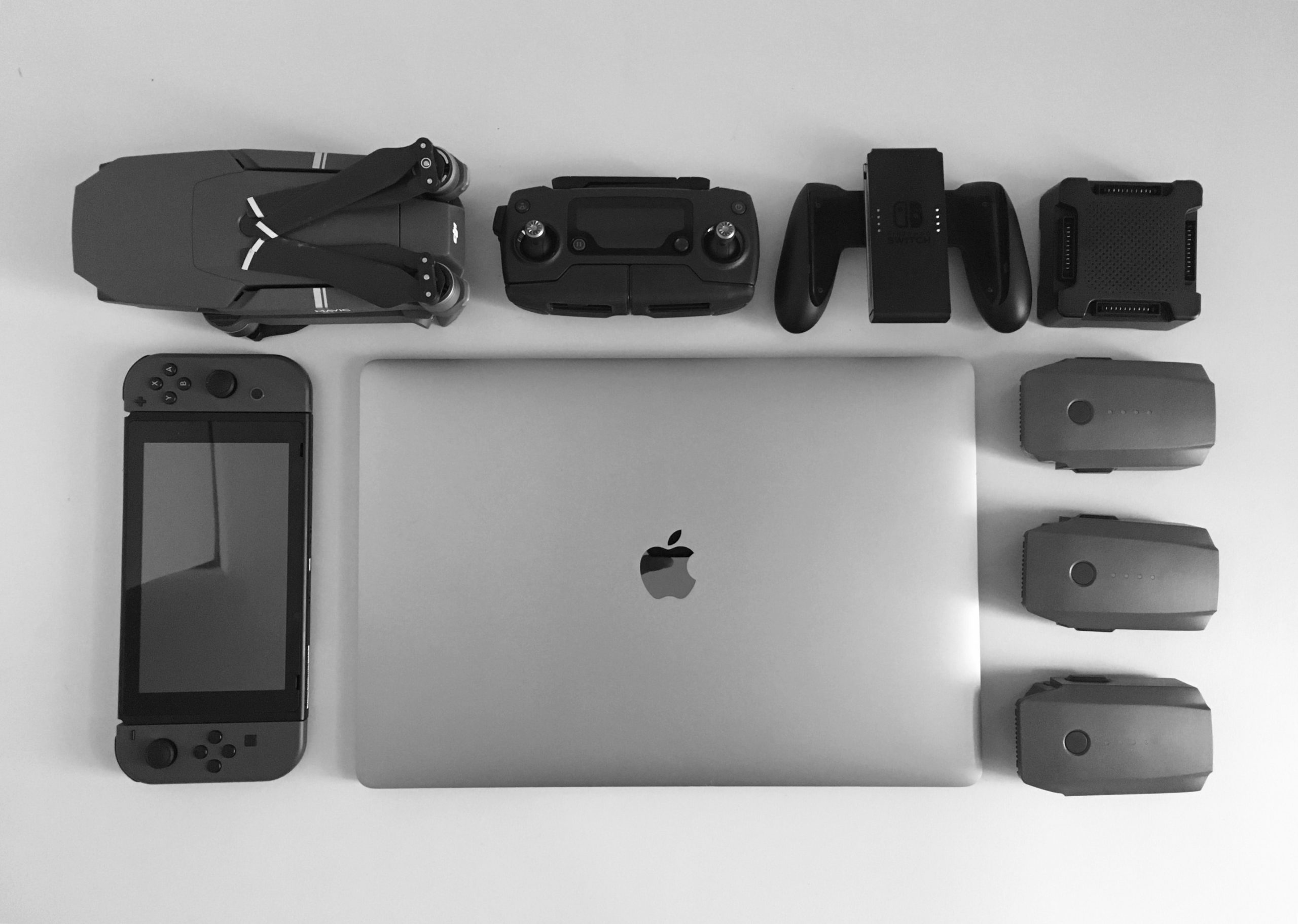
7) Drones Batteries die, quickly
Continuing the idea of being patient, apply that to power as well. You may be tempted to take to the sky with less than a full charge. I’m not saying this is a bad idea, but there is no doubt you’ll have fun while the drone is up and will wish the battery lasted longer already. There is huge risk in running a battery low while in the air – these machines don’t just slowly drift to the ground when power gets down, they simply stop and drop.
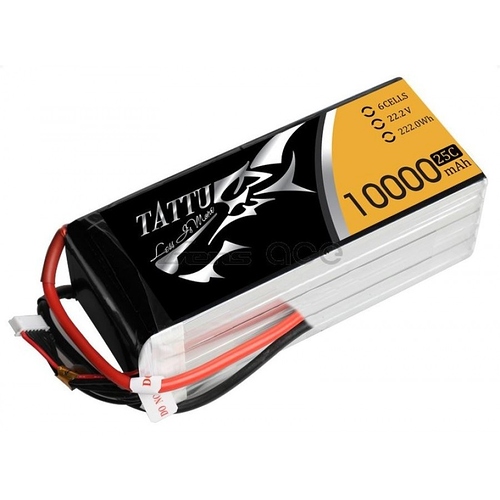
This goes for the drone and the remote control. Remember that it is your legal responsibility to ensure that your machine maneuvers and lands safely, you should not take off if you do not think you can land. Taking off with a full charge on all your equipment is the easiest way to mitigate an incident.
8) Learn to Fly Toward Yourself
One of the most common reasons new (and experienced) pilots crash is because they become disoriented. When the drone is facing away from you, pushing right makes the drone go right and pushing left makes it go left. Simple enough. But, when the drone is pointed at you everything is backwards.

If you’re looking into your monitor, realize you’re in trouble, and look up at your drone to figure out which way to steer to get out of danger you’d better know which way the drone is facing and know which way to move the sticks to avoid obstacles or you’re going to fly right into them. Practice flying the drone toward you (not too close of course). Practice avoiding obstacles while the drone is facing you and that will really help you develop the kind of situational and spatial awareness you’ll need to remain calm and in control when you’re flying.
9) The Best Beginner Drones
Ok so now that you’ve taken your test (or have at least begun learning about the regulatory and procedural stuff you’ll need to know as a professional drone pilot) you’ll want to begin learning the mechanics of flying and filming. This is the hard part. While literally anyone can go to Best Buy and buy a drone that can keep itself in the air, it takes practice and skill to be able to be in full control of a drone while executing artistic & creative camera movements. For me, one of the hardest (and most expensive) skills to learn was how to split my visual attention between the drone in space and my camera frame.
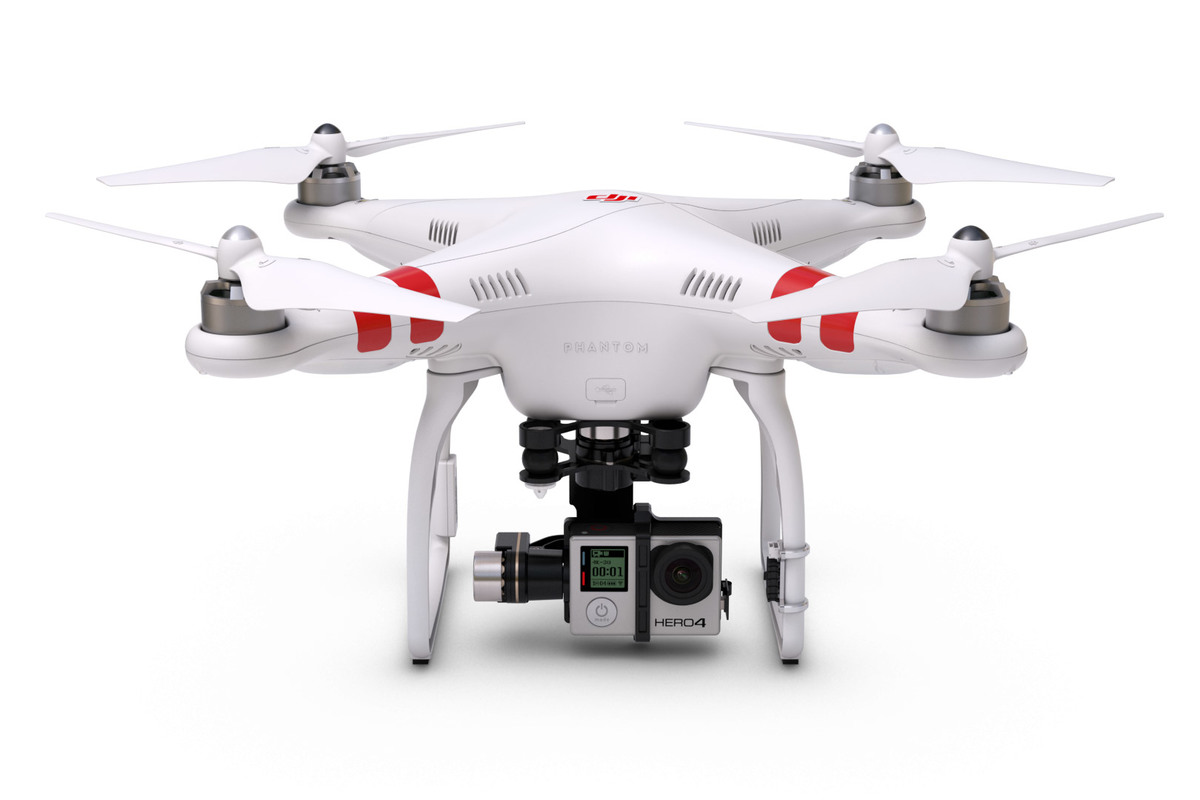
My first drone was a DJI Phantom 2 and I crashed it so many times while practicing various camera maneuvers that I could have bought four of them for what I spent in repairs. If this is your first drone, get a cheap toy drone. Don’t worry about the camera quality or obstacle avoidance right now. You want a cheap drone that you can crash without worrying about it (because you will crash, I promise). If you save up, spend a ton of money on an expensive drone, you’ll end up regretting it when you put it into a tree and you’ll be so fearful of losing it that you won’t push yourself out of your comfort zone and you’ll stunt your own progress.
Tips for Practicing Drone Flying
It may seem to go without saying but aerial shooting is a skill that you need to practice regularly in order to improve and to keep your skills sharp. As much fun as flying is, you’d be surprised how easy it can be to make excuses to keep your expensive drone safe on the ground. Don’t let yourself do that. Go out as often as your can and practice. When you’re on set or when you’re filming your own project, you’ll want to feel confident and capable. The only way to do that is to stay in shape and continuously work on your craft. So get out there and fly!
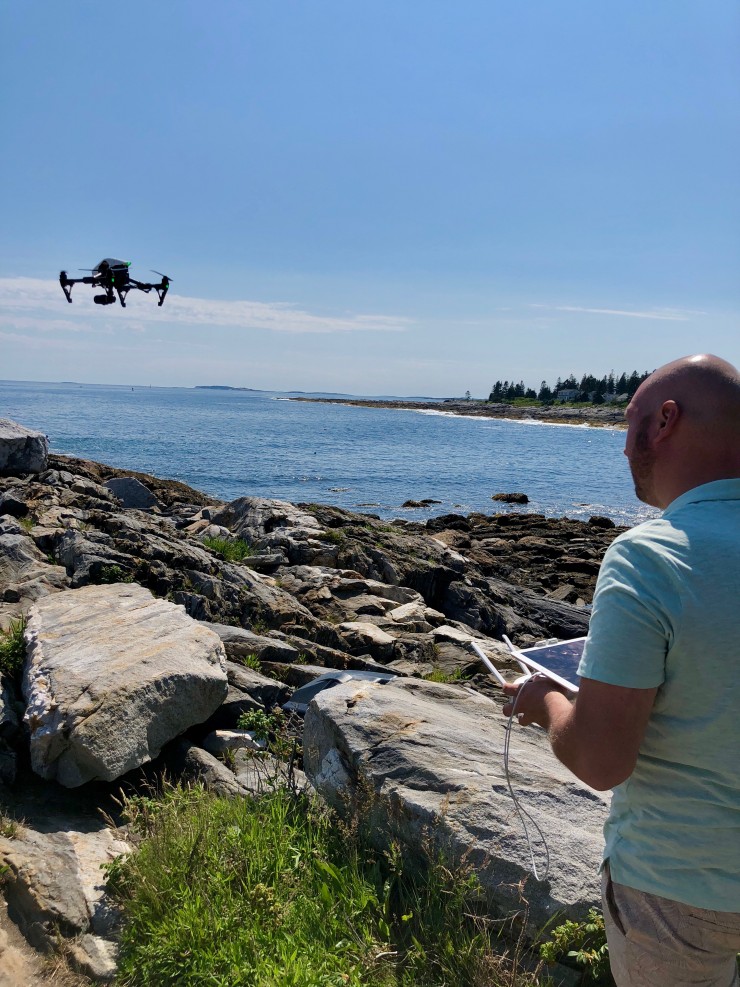
HERE ARE SOME QUADCOPTER SAFETY PRECAUTIONS TO KEEP IN MIND AS WELL:
- If you’re about to crash into something, turn the throttle down to zero, so you don’t destroy your quadcopter or injure somebody.
- Keep your fingers away from the propellers when they’re moving.
- Unplug and take out the battery of the quad before doing any work on it.
- If you’re a beginner learning to fly indoors, tie the quadcopter down or surround it by a cage.
By keeping these drone tips in mind, you’ll be a proficient operator in no time.
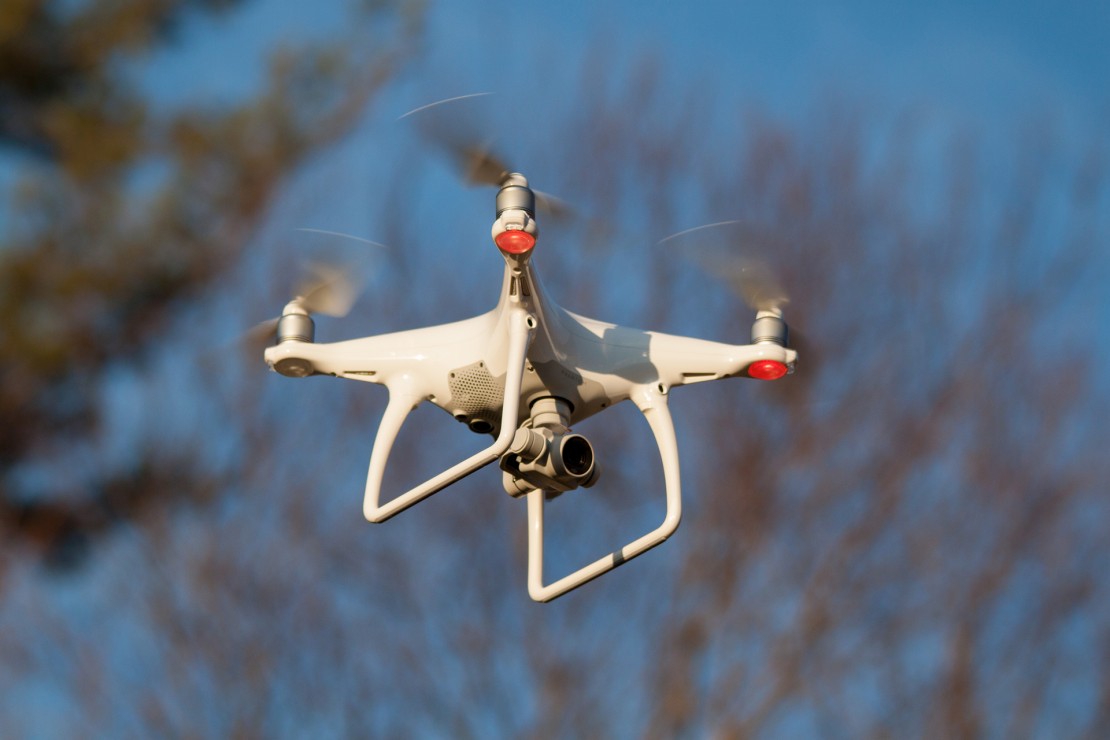
TOP 15 TIPS FOR FLYING A DRONE
- Register your new drone with the FAA. All new owners of a drone weighing more than .55 grams and less than 55 pounds must register with the FAA’s new Unmanned Aircraft Registration system.
- Read your drone manual carefully. Each drone is unique and the best way to learn about it is to read the manual.
- Learn the controls. Mastering the controls is the key to early success with drone piloting.
- Practice, practice, practice. Getting good with a drone requires practice. Learn what each button and function of your drone does and practice using them together and in combination.
- Check your drone before you fly. Go through a pre-flight checklist, just like a real pilot.
- Keep your drone in sight. The golden rule of drone flying is keep your drone in sight. By keeping visual contact, you’ll be able to better see potential obstacles or hazards and find it harder to accidentally fly out of range.
- Pay attention when you fly. The most common way people crash their drones is by getting distracted while flying.
- Practice flying without global positioning system (GPS). New drone users should practice flying their drone without the assistance of GPS technology.
- Educate yourself on the drone laws where you live and prepare for them to change. More than 30 states, as well as the District of Columbia, have drone laws in place. While the FAA has the ultimate authority over drones, it is smart to consult the laws in your state.
- Don’t take your drone to crowded public areas. The National Park Service has a drone ban in place, so national parks and monuments are a no-go. Drones are also banned from large public events.
- Prevent your drone from colliding with a bird. Animals hear different frequencies than humans do. Since birds communicate using sonar, your drone’s visual positioning system could be interpreted by other territorial birds as a sign that it’s moving on their territory.
- Be careful flying in the wind. Windy days are some of the most difficult conditions to fly in, making it harder to fly with stability or accuracy.
- For filming, plan your shots before takeoff. Make sure you plan your route and shots before you ever enter the skies. Survey the area you’ll be filming on foot, and plan a sequence based on the environment and your own abilities and equipment.
- Keep spares on hand. Keep spare parts on hand, so you can make repairs in the field and continue with your planned activities.
- Do not go to manual mode too fast. Manual mode is meant for expert flyers. When in manual mode, the systems put in place to help make flying easier will not provide the extra stability you need.
